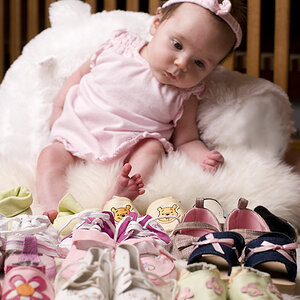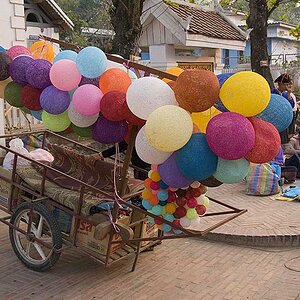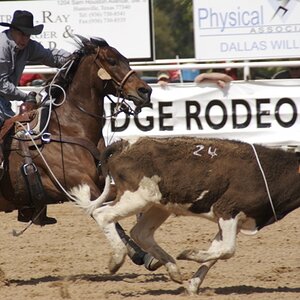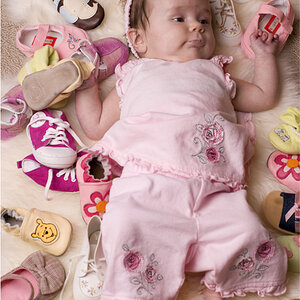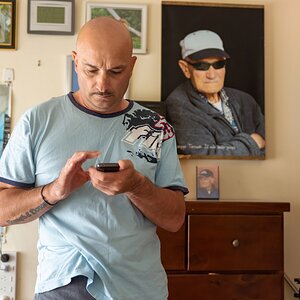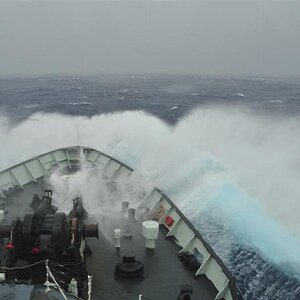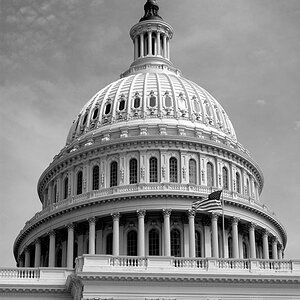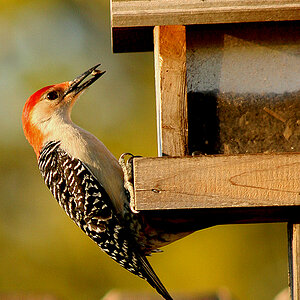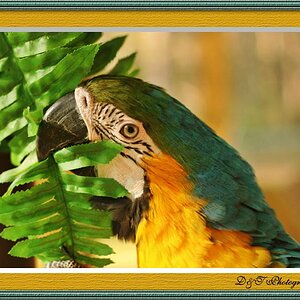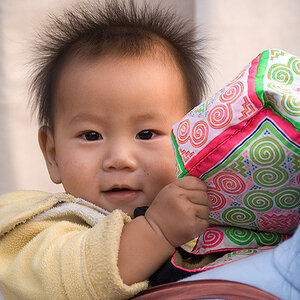crowl31
TPF Noob!
- Joined
- Oct 26, 2007
- Messages
- 93
- Reaction score
- 0
- Can others edit my Photos
- Photos OK to edit
So i was a guest at a wedding this past weekend and the church/reception had some very low lighting.
So i started increasing the ISO from 100 to 400 and then 800. This helped tremedously with getting more light in the picture. Granted this wasn't by my expertise this was jsut me messing around.
Can someone explain to me how that works and what is the advantages/disadvantages of using a higher/lower iso.
So i started increasing the ISO from 100 to 400 and then 800. This helped tremedously with getting more light in the picture. Granted this wasn't by my expertise this was jsut me messing around.
Can someone explain to me how that works and what is the advantages/disadvantages of using a higher/lower iso.


